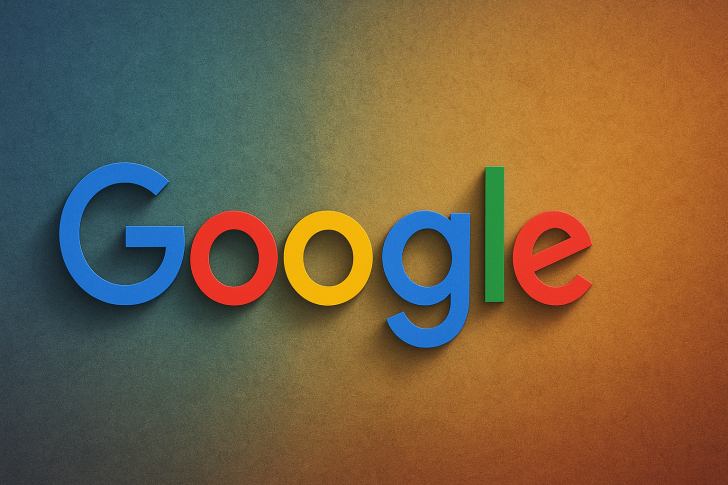Google is quietly reshaping how digital interfaces are created. A recent leak reveals the company is expanding Stitch, its AI-powered design agent, with Interactive Mode—a feature that predicts and generates what a user interface should look like after someone navigates to the next page. The discovery shows Google moving toward real-time, adaptive web design where every UI element can be generated on demand based on user behavior.
Predictive Design in Action
According to TestingCatalog News trader, Interactive Mode lets Stitch visualize and build the next UI state dynamically as users move through an app. Rather than working with pre-built screens, the AI analyzes interaction patterns and predicts what comes next, essentially simulating how a real interface evolves during use.
In practical terms, when someone clicks a button or adjusts a setting, Stitch automatically generates the following page or section, mimicking natural user flow in real-time. This shifts traditional design work from static prototypes to interactive, self-adapting experiences. The leaked image clearly shows Interactive Mode at the top of a feature menu, alongside tools that suggest a more intelligent, generative workflow.
New Capabilities Bridging Concept and Code
The leak also reveals three additional features: Image Mode allows designers to upload visual references and have Stitch produce layout ideas based on structure, color, or style. Annotations enable in-app commenting so teams can refine layouts collaboratively while the AI interprets and applies feedback automatically. Export to Jules suggests integration with another Google system, possibly for converting generated designs directly into working components or code. These capabilities transform Stitch from a design generator into a full-stack AI assistant that bridges the gap between initial concept and functional implementation.
What This Means for Product Teams
If Interactive Mode works as described, it could reshape how teams prototype and iterate. Instead of manually designing each screen transition, creators could define logic paths and let AI render complete user flows automatically. This enables rapid prototyping where entire navigation paths appear in seconds, contextual responsiveness where UIs adapt to user intent or screen size, and reduced handoffs through seamless export options that integrate AI-generated designs directly into development tools. The boundary between design concept and working prototype is disappearing, and Google seems to be building the infrastructure to make that standard practice.
The Bigger Picture
This development aligns with Google's broader generative AI strategy, which now touches nearly every part of its ecosystem from Gemini models to Duet AI tools. Stitch, originally introduced as a creative companion for UI designers, appears to be evolving into a predictive interface engine capable of generating entire user experiences on the fly. As the leak suggests, this offers a glimpse into how the internet might work in the future—not as static pages but as dynamically assembled experiences where every interaction triggers an AI-generated response tailored to each user.
 Saad Ullah
Saad Ullah

 Saad Ullah
Saad Ullah


